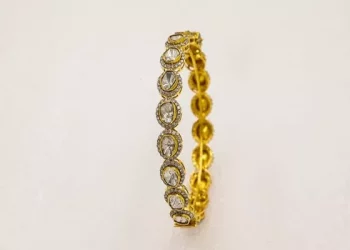Chardonnay is one of the most popular white grape varieties in the world because of its changeable style and classic charm. It is known as the “lover of the masses”.
And Viognier, less famous than Chardonnay but with impressive floral and fruity aromas, has become a rising star among winemakers in recent years.
Although both can make full-bodied white wine, also often through oak barrel fermentation or aging to produce creamy texture, both come from the same hometown — France, but they have their own charm, wine friends together to have a look!
In addition to grape varieties, winemaking technology is also a key factor affecting the flavor of wine.
For simplicity and clarity, only oak-influenced chardonnay and Viognier are compared.
1. Dominant Flavor Chardonnay’s most typical fruity flavor is yellow apple.
No matter where chardonnay is grown, the flavor of chardonnay is dominated by fruit aromas similar to yellow apples.
Although chardonnay from cooler regions such as Chablis is less oak aged and has more citrus fruit flavor, yellow apple flavor is the hallmark of chardonnay most of the time.
In addition, Chardonnay has a distinct citrus flavor.
When the fruit is quite ripe, Chardonnay is dominated by pineapple flavor.
A chardonnay with less ripe fruit, on the other hand, has a clear lemon peel flavor.
Viognier has a strong floral scent, which is dominated by rose petals and exotic flavors.
Tangerine is a classic Viognier flavor. Unlike fresh and tart citrus fruits, it is sweet and soft.
Viognier wines often show tangerine milkshakes and bergamot sugar flavors, which give a sweet aroma but are often used in dry wines.
Viognier wines are also often flavored with fresh stone fruits and ripe exotic tropical fruits.












































